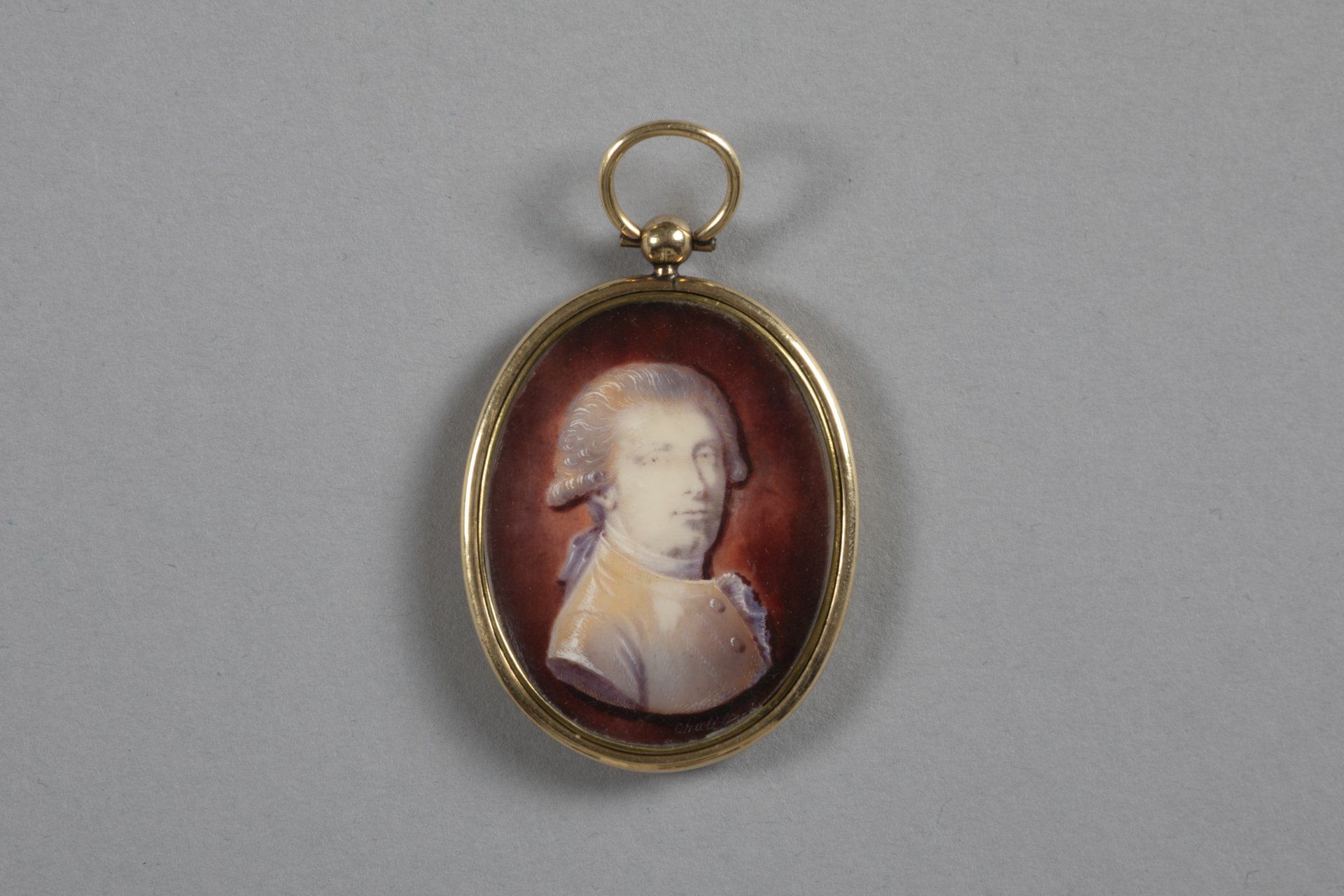
Charles de CHATILLON. 1777-1844.
Miniaturists.
Miniature portrait of Charles-Marie Bonaparte. Circa 1805.
Miniature in imitation of the cameo, signed lower right “Chatill”, under glass, in a gilded brass case, with ring.
Dimensions: oval shape, 4 x 5 cm
Bust portrait of Charles-Marie Bonaparte (1746-1785), father of the Emperor Napoleon, based on the posthumous portrait produced by the painter Anne-Louis Girodet-Trioson in 1805. The miniature is very finely treated in the manner of cameo, on an ocher red background imitating agate.
Portraits of the Emperor's father are extremely rare in Napoleonic iconography. Concerned with legitimizing the new Bonaparte dynasty, Napoleon wished to honor the image of the paterfamilias, who had died twenty years earlier without having seen the meteoric rise of his son. More than out of filial piety, Napoleon wanted to recall “the aristocratic character of his origin, by having his father staged with the finery of the nobility. » This is also the time when Napoleon, now emperor, had a series of portraits of his own person, in glory, adorned with all the symbols of imperial power, executed by the fashionable artists of the new regime. He then turned to the painter Girodet, a student of David, to create the posthumous portrait of Charles Bonaparte. It is very likely that the artist painted this portrait based on a family miniature that has now disappeared, and which could have been kept by Madam Mother. In all cases, the character's features were certainly sufficiently similar for Girodet to receive the approval of the imperial family, and to present his work in 1805.
Charles de Chatillon, secretary and artist of Lucien Bonaparte
Our portrait here is the work of Charles de Chatillon (1777-1844), one of the first miniaturists to have inaugurated the fashion for portraits in imitation of the antique cameo, with Parant, Degault and Coupin de La Couperie. He exhibited at salons from 1795, presenting several suites of miniature portraits, including some large formats, showing his talents as a miniaturist with “antique-themed cameos” from 1801.
The “cameo genre” was then very fashionable under the Directory and the Consulate; it recalled the archaeological treasures of southern Roman Italy, and glorified the arts of Antiquity which would be honored under the Empire. This trompe l'oeil painting imitating engravings on hard stone such as sardonyx, agate, or sardonix, required great virtuosity that only a small number of artists developed.
Charles de Chatillon became Lucien Bonaparte's secretary under the Consulate. The Duchess of Abrantès speaks in her Memoirs of "the Count of Chatillon, one of her friends, whom the misfortunes of the Revolution had thrown into the career of the arts, who had come out of it very gloriously and that the exile of Lucien had not stopped to follow him to Italy. He lived with him and directed the administration of fine arts from within” [Duchess of Abrantès, Memoirs, ed. 1893, volume VII, p.110]. In his unpublished Memoirs, Lucien attests to the very close ties he formed with “little Chatillon – a young miniature painter – although a man of quality – double merit in having talent and who has always remained attached to me. »
He produced numerous drawings and portraits of Lucien's family, and took advantage of his privileged links to rub shoulders with artists attached to the Bonapartes, such as Wicar, Dupré, Fabre or better still, Ingres and Girodet whom our artist copied on several occasions. He also presented at the salon of 1814 under number 1244 Endymion after Girodet.
Charles de Chatillon was also responsible for drawing the illustrations of Charlemagne or the Church Delivered, an epic poem composed by Lucien Bonaparte and published in 1814. The artist published his memoirs in 1842 under the title Fifteen years of exile in the Roman States during the proscription of Lucien Bonaparte, source of numerous anecdotes concerning the family life of Lucien and Alexandrine de Bleschamp.
Related works
- Girodet, portrait of Charles Bonaparte. 1805. Musée du Château de Versailles, MV 4557, Louis Bonaparte collection, confiscated by Napoleon in 1810.
- Girodet, portrait of Charles Bonaparte. 1806. Fesch Museum, MNA 839, collection of Madame Mère, bequeathed to Cardinal Fesch in 1836.
Bibliography
- Nathalie Lemoine-Bouchard. Miniature painters. 1650-1850. Paris, Les Editions de l’Amateur, 2008. Art. Charles de Chatillon, pp.156-157.
- Neil Jeffares. Dictionary of pastellists before 1800. Art. Charles de Chatillon.
- T. Caracciolo and I. Mayer-Michalon. Lucien Bonaparte. 1775-1840. A free man. Exhibition catalogue, Ajaccio, Palais Fesch, 2010.



